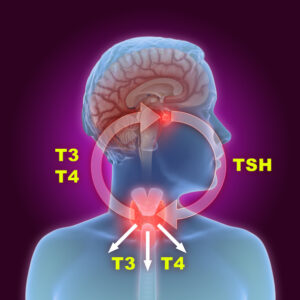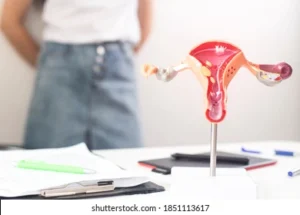PLACENTA AND ITS FUNCTION
 |
| Human Placenta |
Placenta
- Only eutherian mammals possess the placenta.
- Human placenta is discoid in shape.
- Placenta is attached to the uterine wall and establishes connection between the mother and fetus through the umbilical cord.
Development
Placenta is developed from two sourses
- The fetal component is develops from the chorion frondosum.
- Maternal component consists of decidua basalis
when the interstitial implantation is completed on 11th day.
arterio -capillary -venous system in the mesenchymal core of each villus is completed on 21st day.
these two i.e. chorion frondosum and decidua basalis from the discrete placenta
It began at 6th week and is completed by 12th week.
Gross anatomy of placenta
Placenta is almost a circular disk with a diameter of 15-20 cm and thickness of about 3cm at its centre.
Placenta fell spongy and weight about 500g.
it present two surface ……
- Fetal surface
- Maternal surface
- Fetal surface (Chorionic Plate )
- The fetal side of the placenta is covered by the chorionic plate, which is derived from the fetal chorion.
- This side contains chorionic villi, which are finger-like projections that extend into pools of maternal blood in the intervillous space.
- Maternal surface (Decidua Basalis )
- The maternal side of the placenta attaches to the uterine wall
- It consists of the decidua basalis, which is the modified endometrium (lining of the uterus) during pregnancy.
- The decidua basalis is rich in blood vessels that supply maternal blood to the placenta.
- Chorionic Villi :
- Chorionic villi are the functional units of the placenta and are composed of both fetal and maternal blood vessels.
- Fetal blood vessels within the chorionic villi exchange nutrients, gases (oxygen and carbon dioxide), and waste products with maternal blood in the intervillous space.
- Intervillous Space :
- The intervillous space is the cavity filled with maternal blood where chorionic villi are immersed.
- Maternal blood flows into this space from spiral arteries in the decidua basalis, allowing for exchange of substances between maternal and fetal circulations.
- Placental Membranes :
- The placental membranes separate maternal blood in the intervillous space from fetal blood in the chorionic villi.
- These membranes consist of layers of syncytiotrophoblast, cytotrophoblast, and endothelial cells, which facilitate selective permeability and exchange of substances.
- Umbilical Cord :
- The umbilical cord connects the fetus to the placenta.
- It contains two umbilical arteries and one umbilical vein, which transport deoxygenated blood and waste products from the fetus to the placenta, and oxygenated blood and nutrients from the placenta to the fetus, respectively.
Function of placenta…….
The main function of placenta is…….
- Respiratory
- Excretory
- Nutritive
- Endocrine function
- Barrier function
- Immunological function
- Nutrition and Respiratory function :
- The placenta acts as a bridge between the mother and the fetus, allowing for the exchange of nutrients, oxygen, and waste products
- Nutrients and oxygen from the mother’s bloodstream pass through the placenta to the fetus, while carbon dioxide and waste products from the fetus pass back to the mother to be eliminated.
- Endocrine function :
- The placenta produces hormones such as human chorionic gonadotropin (hCG), progesterone, and estrogen.
- These hormones play crucial roles in maintaining the pregnancy by supporting the uterine lining, preventing menstruation, and preparing the breasts for lactation.
- Immunological function :
- The placenta acts as a barrier against potentially harmful substances, such as certain bacteria and large molecules, that could harm the developing fetus.
- It helps protect the fetus from infections that the mother may encounter.
- Excretory function :
- The placenta helps remove waste products generated by the fetus, such as urea and uric acid, which are then eliminated through the mother’s excretory system.
- Temperature regulation :
- The placenta helps regulate the temperature of the fetus, ensuring a stable and suitable environment for development.
Overall, the placenta is crucial for the development and well-being of the fetus throughout pregnancy, providing essential nutrients, oxygen, and hormonal support while protecting against potential harm.



